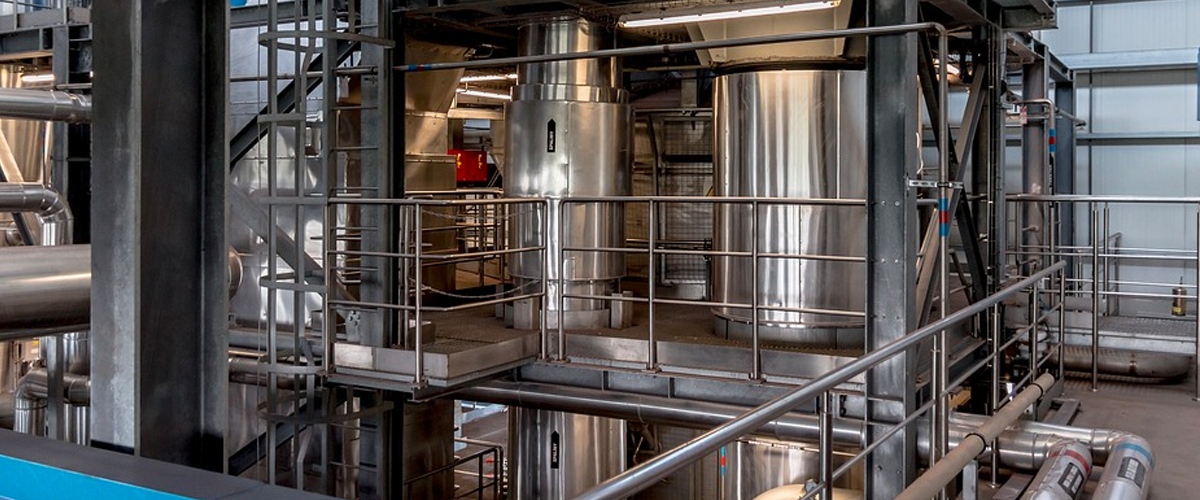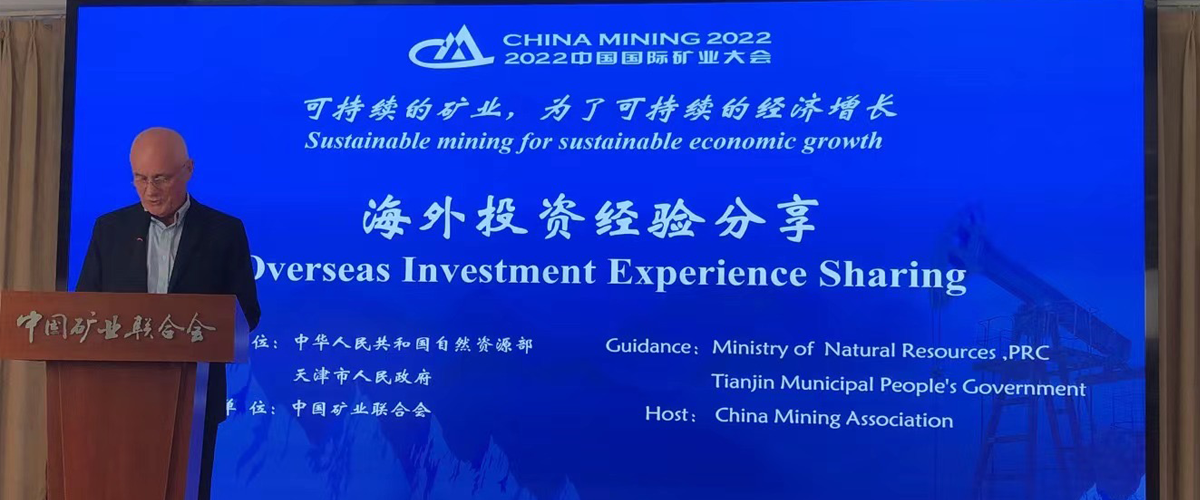Managing the inevitable
Inevitably there will be times when companies must restructure and there are resulting voluntary and sometimes compulsory redundancies. For management and staff this is a difficult process and Carrington Day, as a strong HR partner, sees the process as being an important issue that requires careful management. Carrington Day has specialised in providing a tailored Outplacement process. After loyal service, companies can provide the departing staff with program that assists them to make a transition to their next career step.
Every Career Transition assignment is unique, reflecting the circumstances of the terminated employee e.g. the region/city that they are working in, their home city and the economic/job environment at the time, their age and stage of their career progression. Furthermore, and importantly, the level of support offered to the employee by his/her employer will, determine the Career Transition service to be provided to the departing employee.
What do Senior-Level Executives consider before making a move from one organisation to another?
When considering a move from one organization to another, senior-level executives often take into account several factors, including financial, political, organizational, and personal career development considerations.
Financial factors include:
- Compensation: What is the salary and benefits package being offered, and how does it compare to their current salary and benefits?
- Stock options: What is the value of any stock options or other equity-based compensation, and how does it compare to their current options or equity?
- Relocation costs: Will the company cover the costs of relocation, or will the executive need to bear the expenses?
Political factors include:
- Company culture: What is the company culture like, and does it align with the executive's personal values and beliefs?
- Management style: What is the management style of the company and its leaders, and does it align with the executive's preferred style of leadership?
Organizational factors include:
- Career growth opportunities: What are the opportunities for career growth and advancement within the company, and how do they compare to the executive's current organization?
- Work-life balance: What is the work-life balance like at the new organization, and how does it compare to the executive's current organization?
- Team dynamics: What is the team dynamic like, and how will the executive fit in with their new team?
Personal career development factors include:
- Personal goals: How does the new role align with the executive's personal and career goals?
- Skills development: What are the opportunities for skills development and learning within the new organization?
- Impact: What impact will the executive be able to make in the new organization, and how does it compare to their current impact?
In conclusion, senior-level executives often consider a range of financial, political, organizational, and personal career development factors when considering a move from one organization to another. These factors help them make informed decisions and ensure that their next move is aligned with their personal and career goals.


